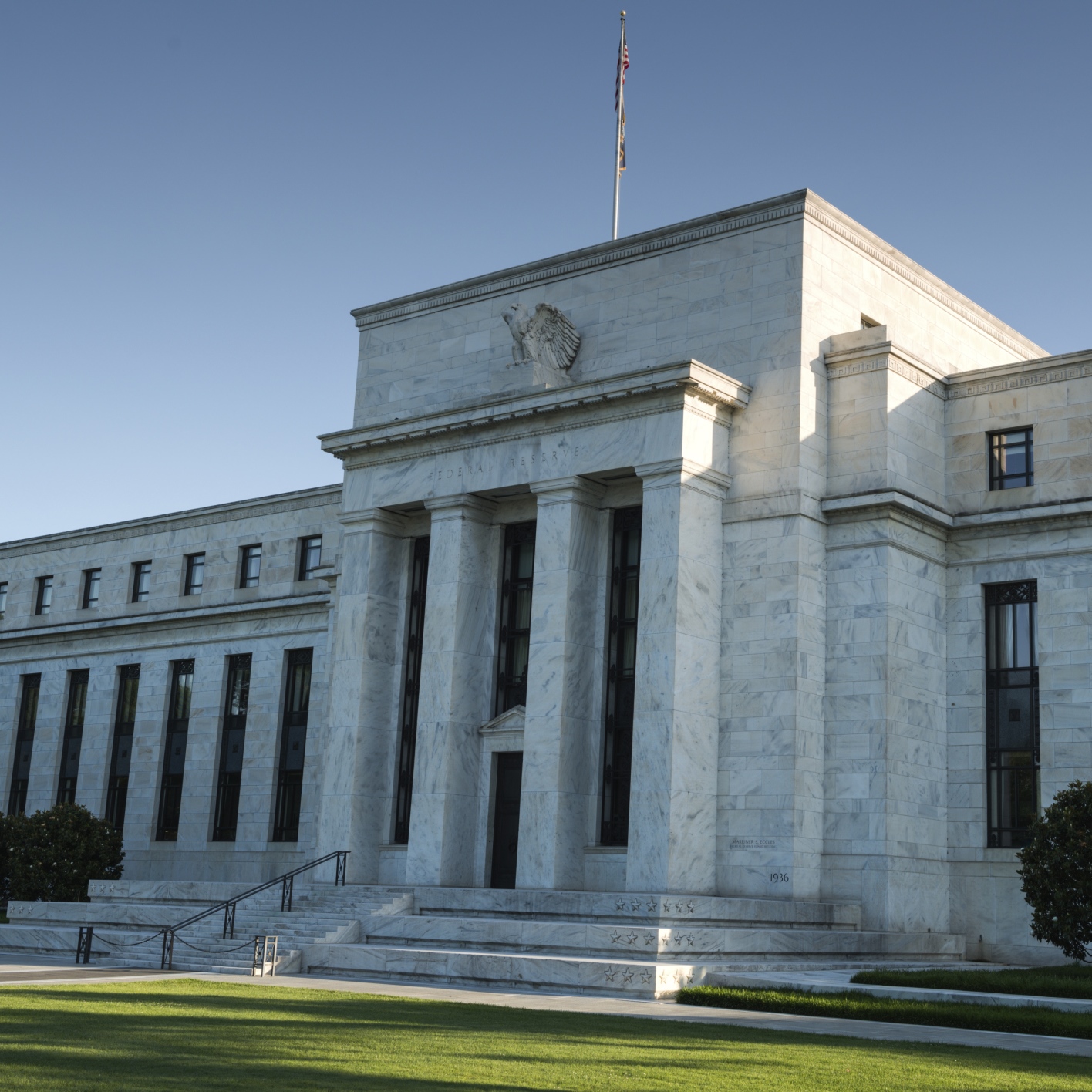
The decision on interest rates from the Federal Open Market Committee (FOMC) has finally been made. As we expected, no rate hike was seen. If you looked at fed fund futures, the level for a 100% chance of interest rates being 0.50% or higher was not factored in until December of 2016.
Wednesday’s real news was not really the lack of a hike. That big news was the statement’s implications for how Janet Yellen and the Federal Reserve see interest rates looking out into 2017. It cannot be ignored that economic reports have been disappointing in recent weeks.
Wednesday’s vote was unanimous at 10-1 not to raise rates, and the media outlook for rate hikes in 2016 and 2017 has been lowered. The Fed offered a very mixed picture on the economy as well. The Fed’s view today is that its monetary policy stance remains accommodative.
Team Yellen is remaining data-dependent here:
The Committee expects that economic conditions will evolve in a manner that will warrant only gradual increases in the federal funds rate; the federal funds rate is likely to remain, for some time, below levels that are expected to prevail in the longer run. However, the actual path of the federal funds rate will depend on the economic outlook as informed by incoming data.
Certain aspects of quantitative easing also remain in place as a part of it being accommodative:
The Committee is maintaining its existing policy of reinvesting principal payments from its holdings of agency debt and agency mortgage-backed securities in agency mortgage-backed securities and of rolling over maturing Treasury securities at auction, and it anticipates doing so until normalization of the level of the federal funds rate is well under way. This policy, by keeping the Committee’s holdings of longer-term securities at sizable levels, should help maintain accommodative financial conditions.
As far as the expectations ahead, these have again been lowered to a more muted growth and more muted rate hike scenario.
The change in real GDP was lowered by 0.2 to 0.3 points for a range in 2016 (down to 1.9% to 2.0%) and by 0.1-point on average in 2017 (to 1.9% to 2.2%). The central tendency for 2018 real GDP was left static at 1.8% to 2.1%.
Central tendencies toward unemployment remain 4.6% to 4.8% in 2016 and 4.5% to 4.7% in 2017. The central tendency for 2018 unemployment was lowered to a range of 4.4% to 4.8%, down from 4.5% to 5.0%.
The central tendency on fed funds was again lowered. This was as follows, versus March’s projections:
- 0.6% to 0.9% for 2016, down from 0.9% to 1.4%;
- 1.4% to 1.9% for 2017, down from 1.6% to 2.4%;
- 2.1% to 2.9% for 2018, down from 2.5% to 3.3%;
- and long-run down to 3.0% to 3.3% from 3.0% to 3.3%.
100 Million Americans Are Missing This Crucial Retirement Tool
The thought of burdening your family with a financial disaster is most Americans’ nightmare. However, recent studies show that over 100 million Americans still don’t have proper life insurance in the event they pass away.
Life insurance can bring peace of mind – ensuring your loved ones are safeguarded against unforeseen expenses and debts. With premiums often lower than expected and a variety of plans tailored to different life stages and health conditions, securing a policy is more accessible than ever.
A quick, no-obligation quote can provide valuable insight into what’s available and what might best suit your family’s needs. Life insurance is a simple step you can take today to help secure peace of mind for your loved ones tomorrow.
Click here to learn how to get a quote in just a few minutes.
Thank you for reading! Have some feedback for us?
Contact the 24/7 Wall St. editorial team.



